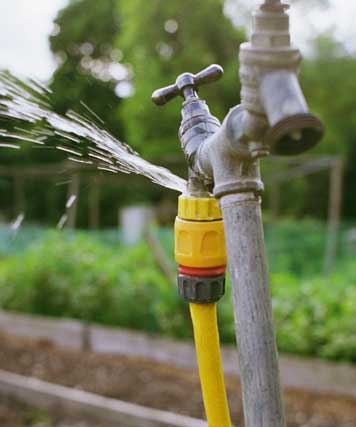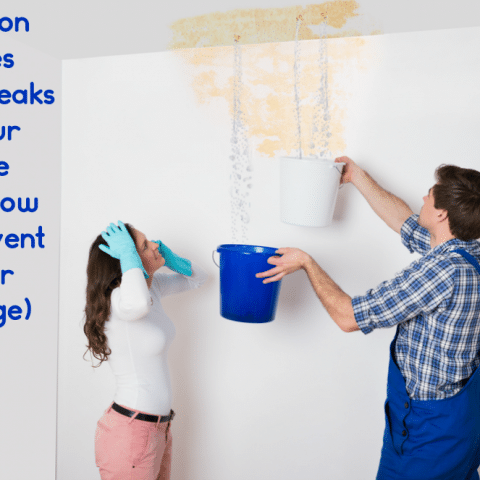Exactly how to Inspect If Your Home Has a Hidden Leak
Exactly how to Inspect If Your Home Has a Hidden Leak
Blog Article
Presented here in the next paragraph you might get some extremely good information concerning Finding hidden leaks.

Early discovery of leaking water lines can reduce a possible calamity. Besides conserving you money, it will certainly reduce the aggravation as well as disappointment. The minute you locate a leakage, calling your plumber for repair work is the most effective solution. Some small water leaks may not be visible. If you can not identify it with your nude eyes, here are some hacks that assist.
1. Analyze the Water Meter
Checking it is a surefire means that assists you discover leakages. If it moves, that shows a fast-moving leak. This means you may have a slow-moving leak that might also be underground.
2. Examine Water Consumption
If you detect unexpected changes, despite your consumption being the exact same, it means that you have leaks in your plumbing system. An abrupt spike in your costs suggests a fast-moving leak.
Meanwhile, a constant increase on a monthly basis, despite the exact same behaviors, reveals you have a slow-moving leakage that's also slowly intensifying. Call a plumber to thoroughly inspect your residential or commercial property, specifically if you really feel a warm location on your floor with piping underneath.
3. Do a Food Coloring Examination
When it involves water usage, 30% comes from commodes. Examination to see if they are running correctly. Decline flecks of food color in the storage tank and wait 10 mins. There's a leakage in between the tank and also bowl if the shade somehow infiltrates your bowl throughout that time without flushing.
4. Asses Exterior Lines
Don't fail to remember to examine your outdoor water lines too. Ought to water leak out of the connection, you have a loose rubber gasket. One small leakage can throw away loads of water as well as spike your water bill.
5. Inspect and Evaluate the Circumstance
Home owners need to make it a behavior to examine under the sink counters and also also inside cupboards for any type of bad odor or mold growth. These two red flags indicate a leakage so punctual focus is needed. Doing regular assessments, even bi-annually, can save you from a major issue.
Inspect for discolorations and also compromising as most pipelines and home appliances have a life span. If you believe leaking water lines in your plumbing system, do not wait for it to escalate.
Early discovery of leaking water lines can alleviate a potential catastrophe. Some tiny water leaks might not be visible. Inspecting it is a surefire method that aids you uncover leaks. One small leakage can squander bunches of water as well as increase your water bill.
If you presume dripping water lines in your plumbing system, don't wait for it to intensify.
WARNING SIGNS OF WATER LEAKAGE BEHIND THE WALL
PERSISTENT MUSTY ODORS
As water slowly drips from a leaky pipe inside the wall, flooring and sheetrock stay damp and develop an odor similar to wet cardboard. It generates a musty smell that can help you find hidden leaks.
MOLD IN UNUSUAL AREAS
Mold usually grows in wet areas like kitchens, baths and laundry rooms. If you spot the stuff on walls or baseboards in other rooms of the house, it’s a good indicator of undetected water leaks.
STAINS THAT GROW
When mold thrives around a leaky pipe, it sometimes takes hold on the inside surface of the affected wall. A growing stain on otherwise clean sheetrock is often your sign of a hidden plumbing problem.
PEELING OR BUBBLING WALLPAPER / PAINT
This clue is easy to miss in rooms that don’t get much use. When you see wallpaper separating along seams or paint bubbling or flaking off the wall, blame sheetrock that stays wet because of an undetected leak.
BUCKLED CEILINGS AND STAINED FLOORS
If ceilings or floors in bathrooms, kitchens or laundry areas develop structural problems, don’t rule out constant damp inside the walls. Wet sheetrock can affect adjacent framing, flooring and ceilings.
https://www.servicemasterbyzaba.com/blog/how-to-detect-water-leakage-in-walls/

I am very eager about Hacks to detect leaks and I hope you liked the blog post. Kindly set aside a second to share this article if you appreciated it. Thank you so much for taking the time to read it.
Report this page